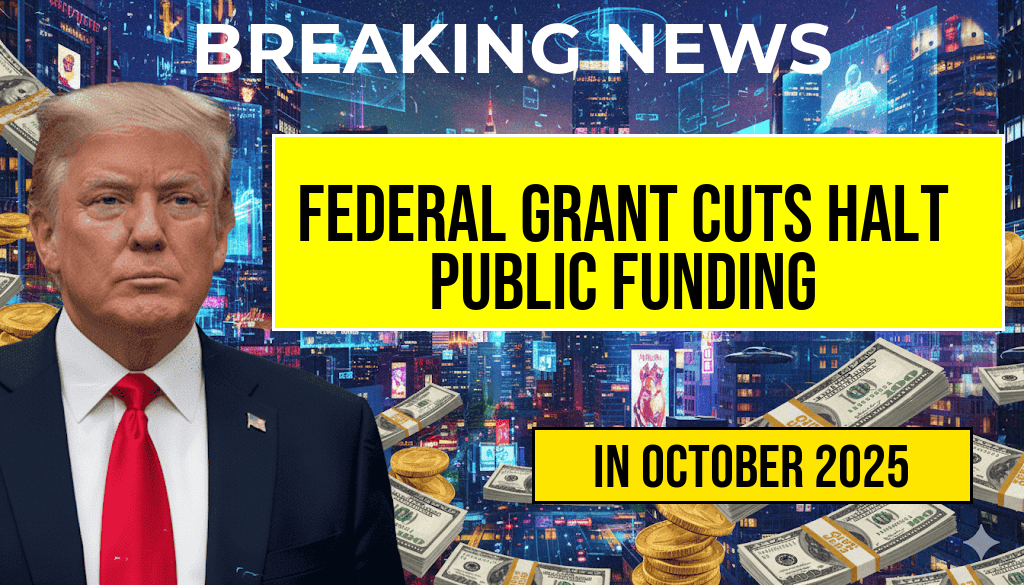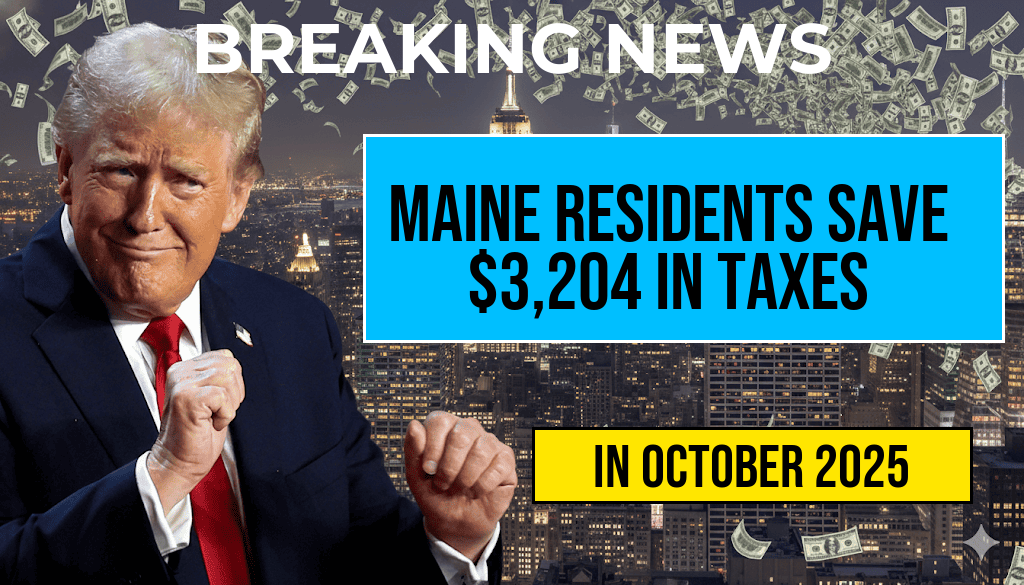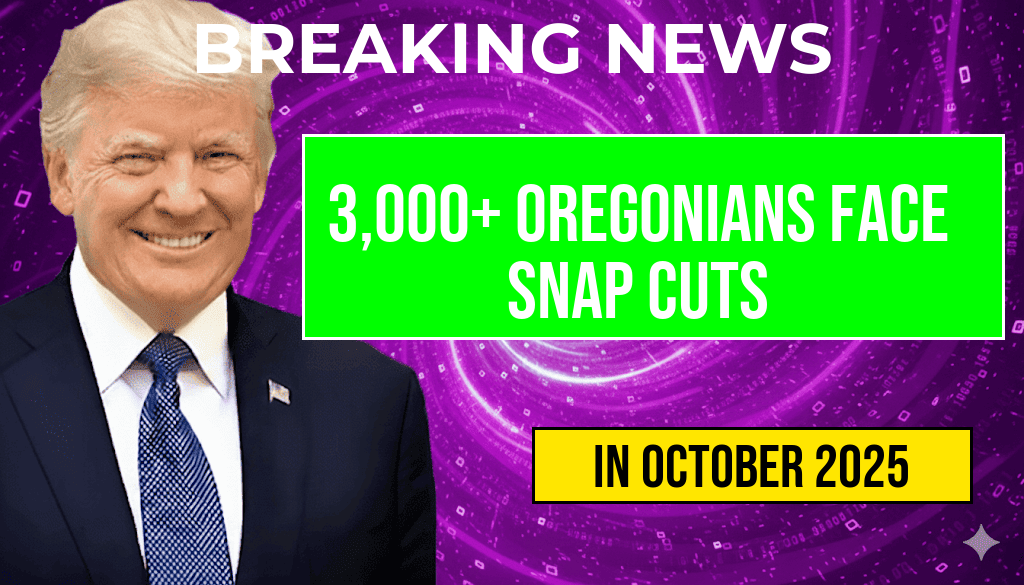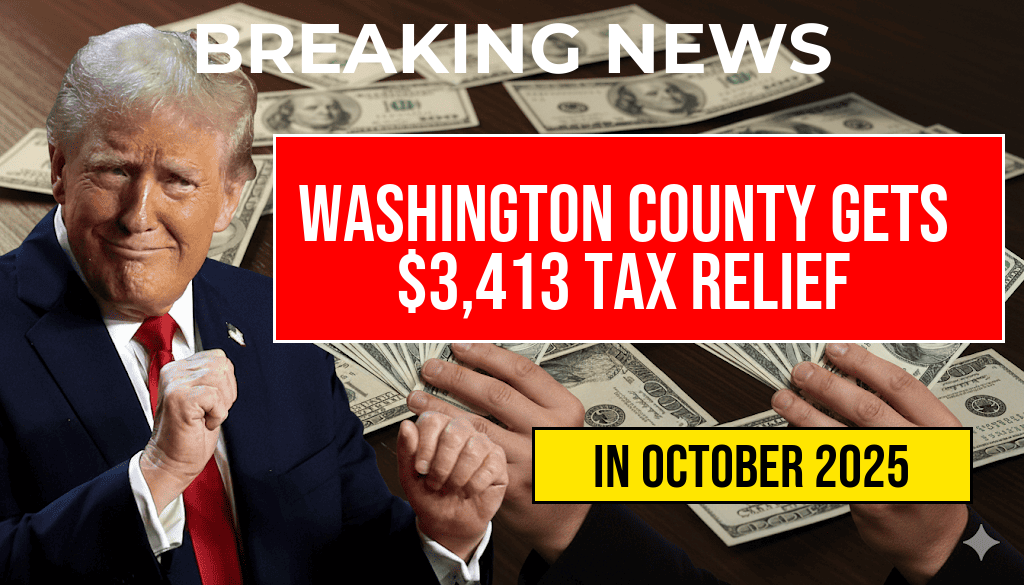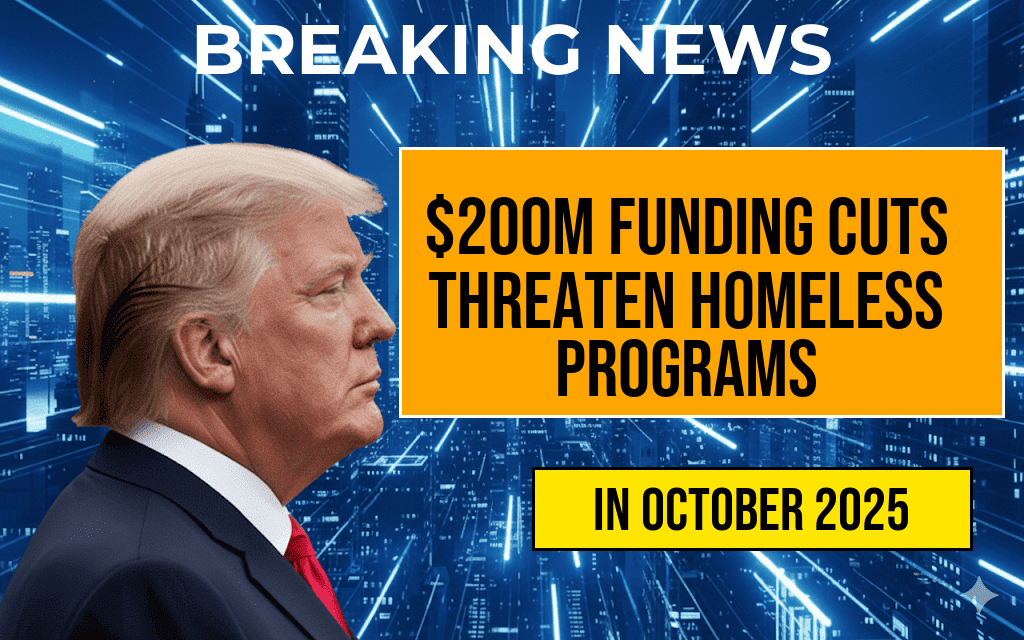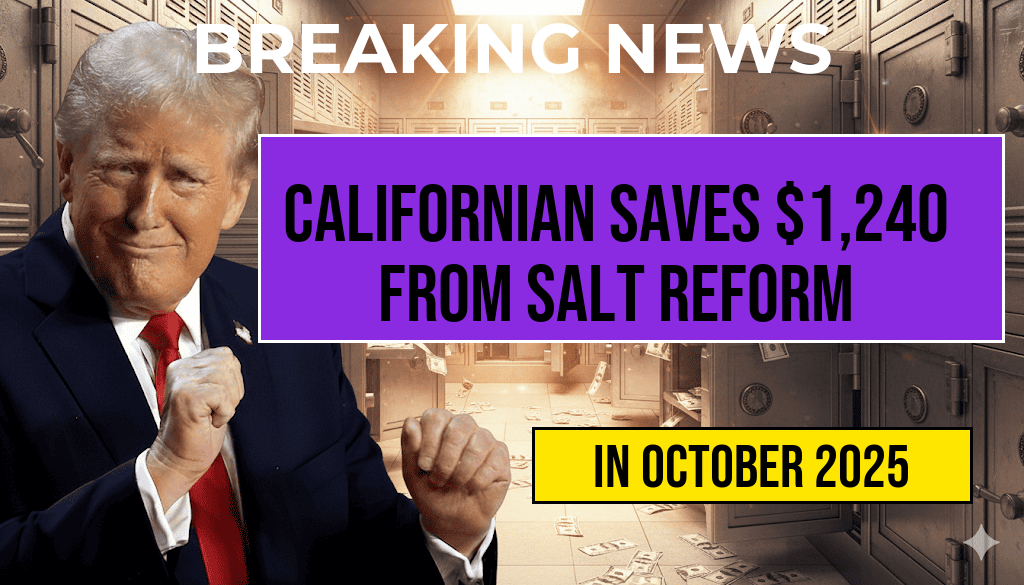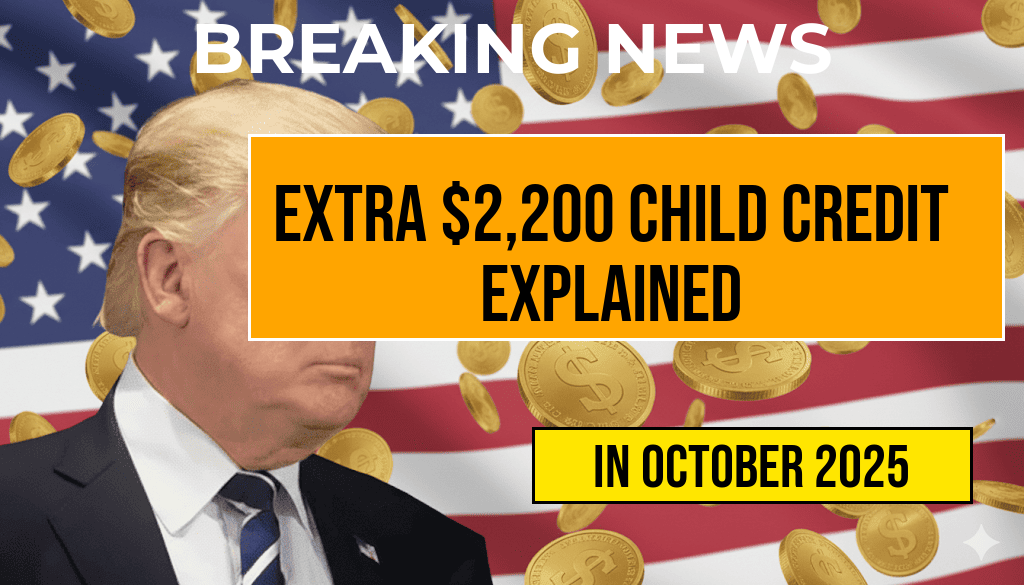Amid an unprecedented $1.1 trillion reduction in federal grant allocations, numerous public programs across the United States face imminent suspension or significant cutbacks. The drastic reduction stems from recent federal budget negotiations that resulted in a substantial decrease in discretionary spending, directly impacting agencies that fund everything from healthcare initiatives to infrastructure projects. This sweeping cut has sent ripples through state and local governments, non-profit organizations, and community service providers, threatening to dismantle decades of progress in vital sectors. As policymakers scramble to address the fallout, many are warning that the scale of the cuts could leave millions without essential services, exacerbate economic disparities, and slow down recovery efforts in vulnerable communities.
Federal Budget Cuts and Their Origins
Background of the Reduction
The $1.1 trillion cut was formalized following the recent federal budget agreement aimed at reducing overall government expenditure. The negotiations, driven by concerns over mounting national debt and fiscal responsibility, resulted in a narrowing of discretionary spending—funds allocated through annual appropriations bills. The agreement marked one of the most significant reductions in federal grant funding in recent history, surpassing previous austerity measures enacted during economic downturns.
Impacted Agencies and Programs
Major federal agencies affected include:
- Department of Health and Human Services (HHS): Funding for public health initiatives, mental health programs, and community clinics.
- Department of Education: Grants supporting K-12 education, higher education scholarships, and special education services.
- Department of Transportation: Infrastructure development, safety programs, and transit grants.
- Environmental Protection Agency (EPA): Conservation projects, pollution control efforts, and climate resilience programs.
Immediate Effects on Public Programs
Healthcare and Social Services
Many community health centers rely heavily on federal grants to provide free or subsidized care in underserved areas. With the funding cuts, dozens of clinics have already announced closures or reductions in service hours, jeopardizing access for vulnerable populations, including low-income families and the elderly. Mental health programs, which depend on federal support to operate local clinics and crisis intervention services, face layoffs and reduced capacity, potentially increasing emergency room visits and untreated mental health conditions.
Education and Youth Programs
States and districts are grappling with the loss of federal grants that fund after-school programs, special education, and college scholarships. Several school districts have warned that without federal aid, they may need to cut extracurricular activities, reduce staffing, or delay infrastructure upgrades. The ripple effect threatens to widen already existing educational disparities among economically disadvantaged districts.
Infrastructure and Environmental Projects
Major infrastructure initiatives, including road repairs and transit projects, are stalling as federal funds dry up. Environmental conservation efforts, critical for combating climate change and preserving natural habitats, are also on hold. The suspension of these projects could lead to increased safety hazards and environmental degradation, impacting local economies and public health.
Broader Economic and Social Implications
Economic Disruptions
The abrupt halt in federal funding is expected to trigger layoffs among contractors and non-profit staff, further dampening economic growth in affected regions. Local economies that depend on federal project dollars are already experiencing contraction, with some municipalities contemplating emergency measures to bridge the budget gaps.
Community and Equity Concerns
Experts warn that the cuts may exacerbate existing inequalities, disproportionately affecting marginalized communities. Without federal support, rural areas and urban centers serving low-income populations could see a surge in poverty levels, homelessness, and health disparities. Civil rights organizations and advocacy groups are calling for swift legislative action to mitigate the damage.
Government Response and Future Outlook
Official Statements
| Agency | Statement |
|---|---|
| HHS | “We are assessing the impact of these reductions and exploring alternative funding avenues to support vulnerable populations.” |
| Department of Education | “We are working with state and local partners to prioritize essential programs and minimize disruption.” |
Legislative and Political Dynamics
Lawmakers are divided over the spending cuts, with some emphasizing fiscal responsibility and others warning of the social costs. Negotiations continue, with bipartisan efforts aimed at finding a compromise that could restore or reallocate funds. However, given the scale of the cuts, many experts doubt that full restoration can occur in the short term, prompting urgent discussions about reallocating existing resources and seeking alternative funding sources.
Looking Ahead
The broad scope of these federal grant cuts underscores the delicate balance of U.S. fiscal policy and the far-reaching consequences of budget decisions. As communities brace for the immediate impacts, the push for legislative solutions grows louder. The coming weeks will be critical in determining whether federal agencies can adapt and sustain essential services or face prolonged disruptions that could reshape public program landscapes for years to come.
For more on federal spending policies and their implications, see the Wikipedia entry on the U.S. federal budget or Forbes coverage of government fiscal policies.
Frequently Asked Questions
What is the main cause of the federal grant cuts mentioned in the article?
The federal government has implemented a significant budget reduction of 1.1 trillion dollars, leading to the halt of funding for various public programs.
Which public programs are most affected by the federal grant cuts?
The public programs most impacted include those related to healthcare, education, infrastructure, and social services, as their funding has been significantly reduced or halted.
How will the halt in funding impact local communities?
The halt in federal funding is expected to lead to service disruptions, layoffs, and delays in project implementations at the local level, affecting community welfare and development.
Are there any alternative sources of funding for affected programs?
Some programs may seek state, private, or non-profit funding sources, but these alternatives are unlikely to fully compensate for the federal grant cuts.
What can citizens do to respond to these federal budget reductions?
Citizens can advocate for increased funding, participate in public hearings, and support policies aimed at protecting essential public programs
.

